The 2022 year in review

We all love and/or tolerate the Hell Worlds where I spend five thousand meandering words having the epiphany for the first time every time that I'm going to die one day, but one of the most enjoyable things I get to do now is edit and publish the work of other great writers to share with you nice people. This year we had dispatches from around the country, as well as from Mexico, Honduras, Canada and Cuba, and featured reporting on the fentanyl panic, incarceration, housing scarcity, the death penalty, labor abuses, abortion, and Lana Del Rey to name a few.
With the end of the year approaching I wanted to take a look back at the best of the year from other contributors. Some of these are paywalled, but as a reminder I do have to pay people for their work, so please consider a subscription to help keep this operation afloat.
In the interest of transparency, Hell World pays between $2-500 for original freelance pieces, on the higher end for heavier reporting. Unless something has changed drastically that is about what I used to get paid writing for very famous and fancy publications for most of my career. I also pay immediately once the piece is ready to go. Feel free to pitch me if you like.
Ok here we go.
Miles Howard ripped into the Biden administration's hands-off response to Covid.

It’s like watching a bad comedian tell the same shitty joke over and over long after the audience has stopped laughing. Austerity has been the backbone of our domestic policy since Reagan was in office. The idea that the government owes you next-to-nothing has shaped U.S. politics for my entire life. It shaped Joe Biden’s political decisions too, from adding his name to the 1996 reform bill that made it even harder for poor families to receive welfare benefits, to refusing to fulfill his campaign trail promise to personally cancel $10,000 of federal student loan debt for borrowers. Austerity has permeated the consciousness of Americans, suffocating the notion that a better life is possible. That actually, you should expect a functional government to provide “stuff” like health care, labor protections, and emergency resources during a huge crisis like a pandemic.
Jonathan M. Katz shared a chapter from his book Gangsters of Capitalism: Smedley Butler, the Marines, and the Making and Breaking of America's Empire.

For colonizers, zombie stories are powered by fears of revenge or contagion by the people they conquered. For a decade before Covid-19, the CDC, as the U.S. Centers for Disease Control and Prevention is known, used a program called “Zombie Preparedness for Educators” to teach middle schoolers about preparing for disasters.
For the colonized, the zombie retains its older connotations: fear of abduction, assimilation, and losing one’s soul. In 1977’s global hit “Zombie,” the Nigerian bandleader Fela Kuti mocks his country’s postcolonial military: “Zombie no gon’ go, unless you tell ’em to go . . . Zombie no gon’ think, unless you tell ’em to think.”
Smedley Butler would claim as much in the last years of his life. “Like all members of the military profession, I never had an original thought until I left the service,” he would write in 1935. “My mental faculties remained in suspended animation while I obeyed the orders of the higher-ups.” This might have been a self-serving rationalization. Butler certainly exhibited plenty of ingenuity, along with motivated cruelty, in his decades as a Marine.
But then again, zombie literature, as it has evolved over the decades, is replete with examples of “intelligent zombies”—the undead still capable of creativity and individuality, even as they unquestioningly obey their drive to kill and consume. Maybe Matheson had it right: It was contagious. In stealing the zombie from Haiti, we became the zombies ourselves.
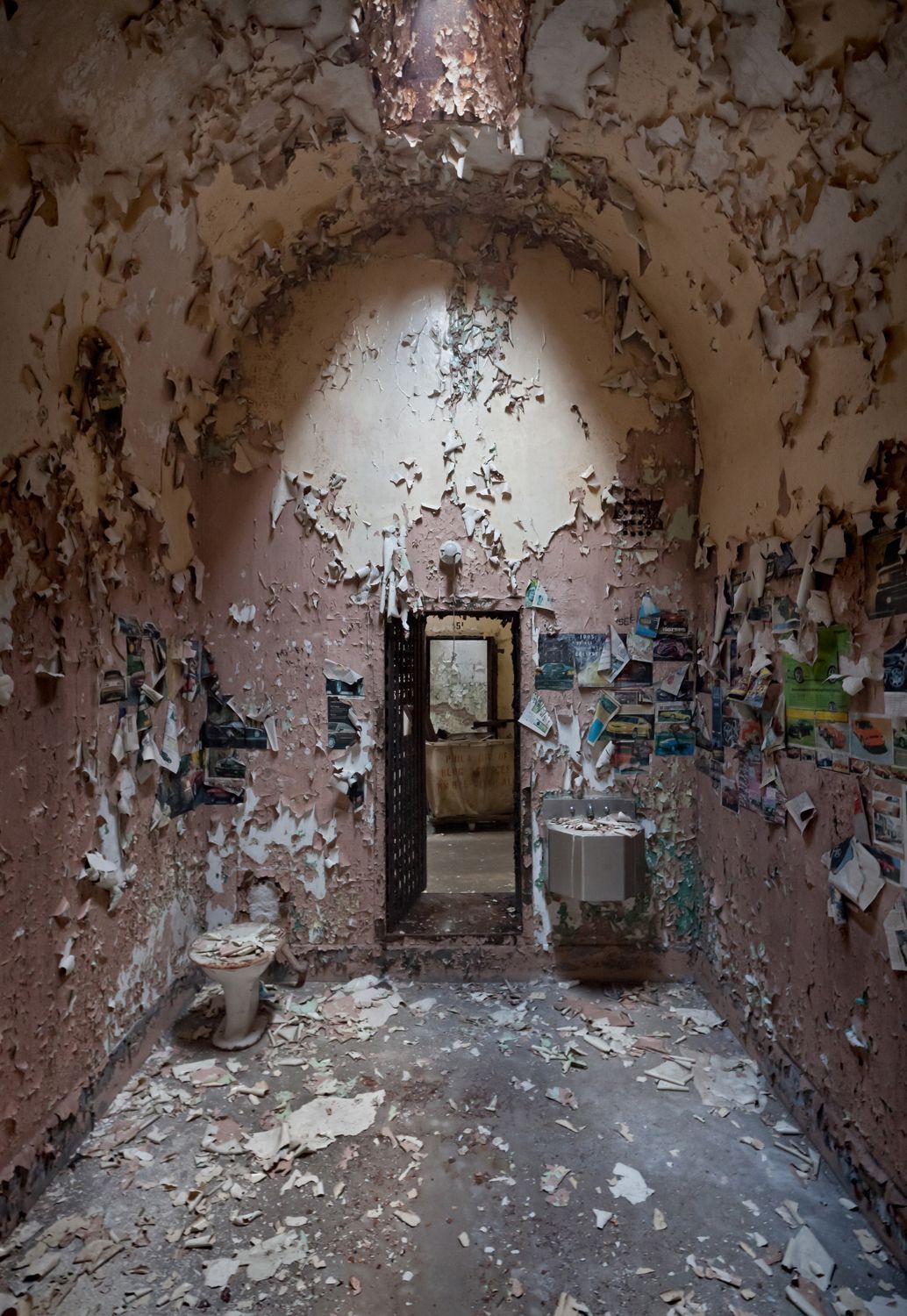
This one was an interview but it counts. Writer and photographer Matthew Christopher shared and talked with me about a bunch of photos from two books in his Abandoned America series: Dismantling The Dream and The Age of Consequences.
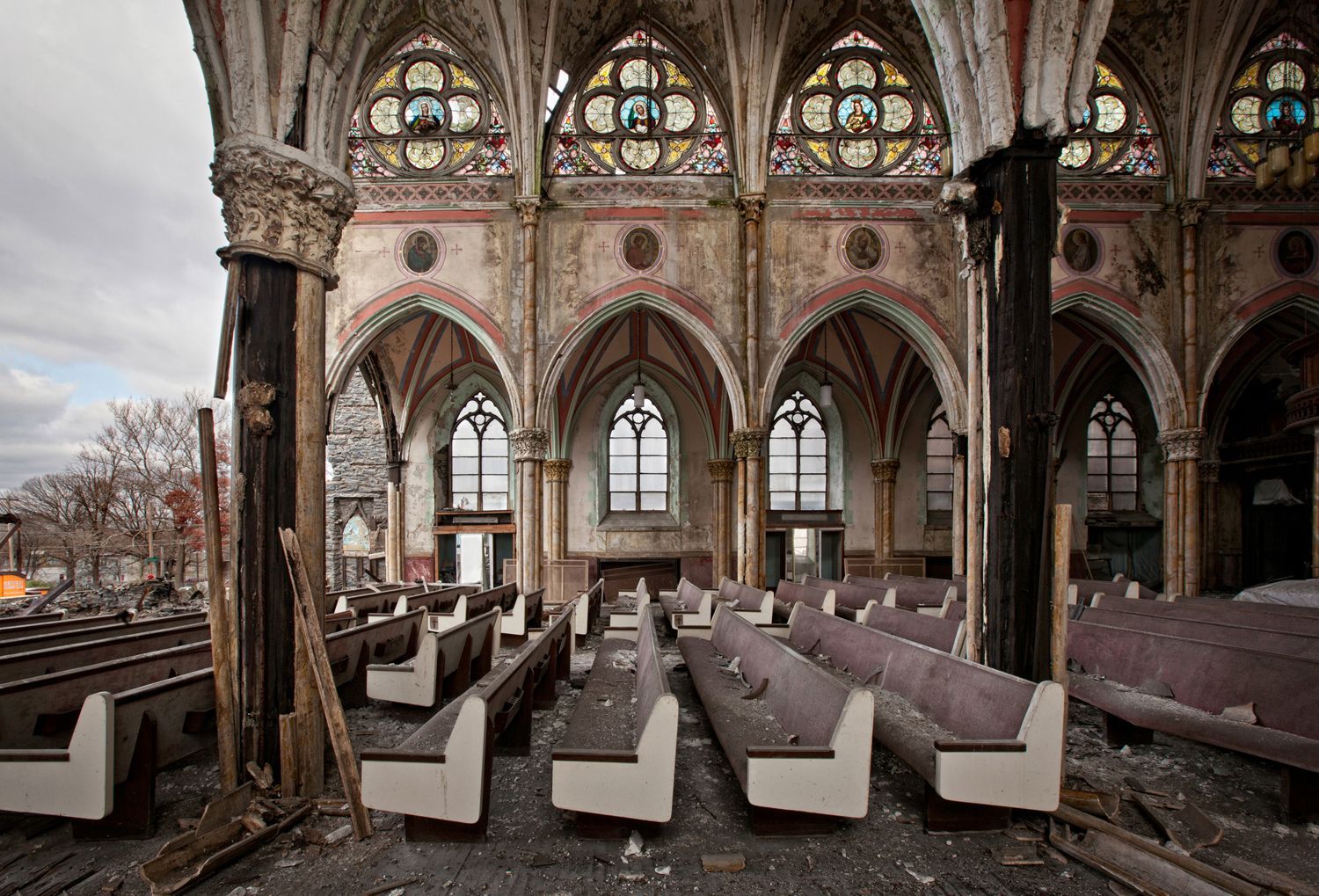
I’m looking at a photo of the Holmesburg Prison in Philadelphia. It’s inside of a cell and the paint is all flaking. I don’t know exactly how to describe it. The way the paint is flaking it’s like… skin. It’s like a living, or dying rather, organism. What are you feeling looking at that photo?
Holmesburg is a really interesting one. First of all, the past of it is horrible even for prisons. I think in some way there’s a peace to it in that people aren’t being incarcerated there any more. So that’s a plus. Prisons are in general very sad, but there’s something kind of beautiful about seeing them empty. Especially in a place like that. At one point they had a hunger strike and they boiled the leaders of the strike alive. It was the middle of the summer and it was super hot and they chained them in a room with a lot of radiators and steam pipes without ventilation. Essentially they were boiled. It’s funny that you mention that about skin because there’s a book called Acres of Skin about that place. Holmesburg is particularly infamous for unethical medical testing on prisoners. This is like the US Army and Dow and Johnson & Johnson and a couple others. Again, it’s kind of that thing where you think, oh, it’s a prison, it’s not going to have a great history. Then you read about it and it’s like, oh my god.
Rax King wrote this stirring piece on the tenth anniversary of Lana Del Rey’s Born to Die.

I was a stripper then, more than familiar with the hostility of a public that wanted to see only the parts that I was hiding. On the street or at the grocery store, it would be exciting for a woman to be naked. At the strip club, where nudity was humdrum, many men went fracking for a more-naked nudity than was available. The law required me to wear pasties and a G-string, and so certain customers needed to see beneath them. I used a stage name for my own safety, and those same men demanded my real one. Look: how often are you, non-famous and probably not that interesting, your barest and most authentic self? What if your job was to sing in front of a camera or on a stage, with hordes of people scrutinizing your every move, hoping to jam their fingers into a crack in your armor? Could you be that more-naked-than-naked self then?
I have said little about Del Rey’s actual music, ostensibly the thing I love about her. (That thing is certainly not her public self, Jesus Christ. At the very least she’s guilty of putting her foot repeatedly and churlishly in her mouth, at worst of racism and mid-pandemic thoughtlessness.) What is there to say that scores of critics haven’t said better? Well, I’ll try: her voice sounds the way a cup of Valrhona drinking chocolate tastes. Listen to “Video Games” now; it will literally warm you. The arrangements on Born to Die can lack in dynamism, but in standout songs like “Born to Die” and “Radio,” they’re the ideal wall of sound for the Spring Breakers generation. Del Rey made both woozy romanticism and its subsequent nihilism so fun. She dies a lot in those early music videos. She’s abject in them, begging, mewling, crawling, or else so deadpan as to unsettle. The effect is as if the video in The Ring was made by your high school’s most stylish D student.
And in that same post Karen Geier caught us up to speed on what the Canadian trucker protests were about.
A lot of comfortable white Canadians will look at what happened this weekend and say that “this isn’t my Canada,” solely referring to the truckers making a big loud mess in Ottawa and causing property damage to things they know they’re supposed to care about. What’s being missed in that is that Canada has always been an insanely racist country that has always been pretty chummy with fascists, and has no problem laundering egregious ideas if they don’t impede capitalism (funnily enough: fascism never impedes capitalism.)
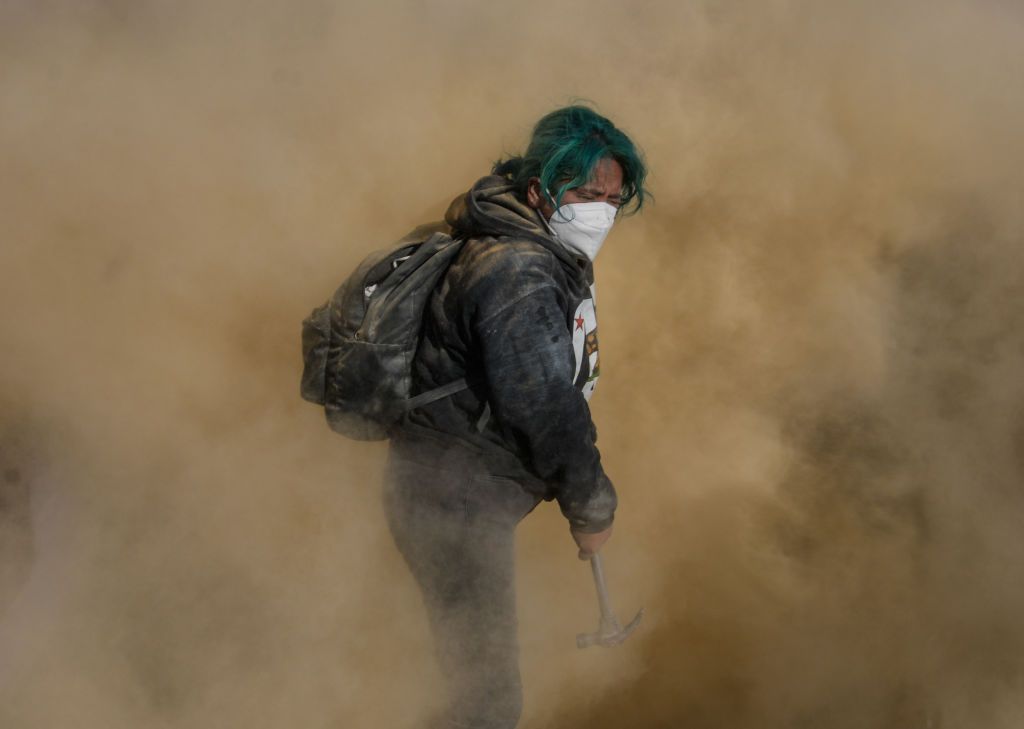
Madeleine Wattenbarger filed this dispatch from Mexico City on massive protests against misogynist violence.
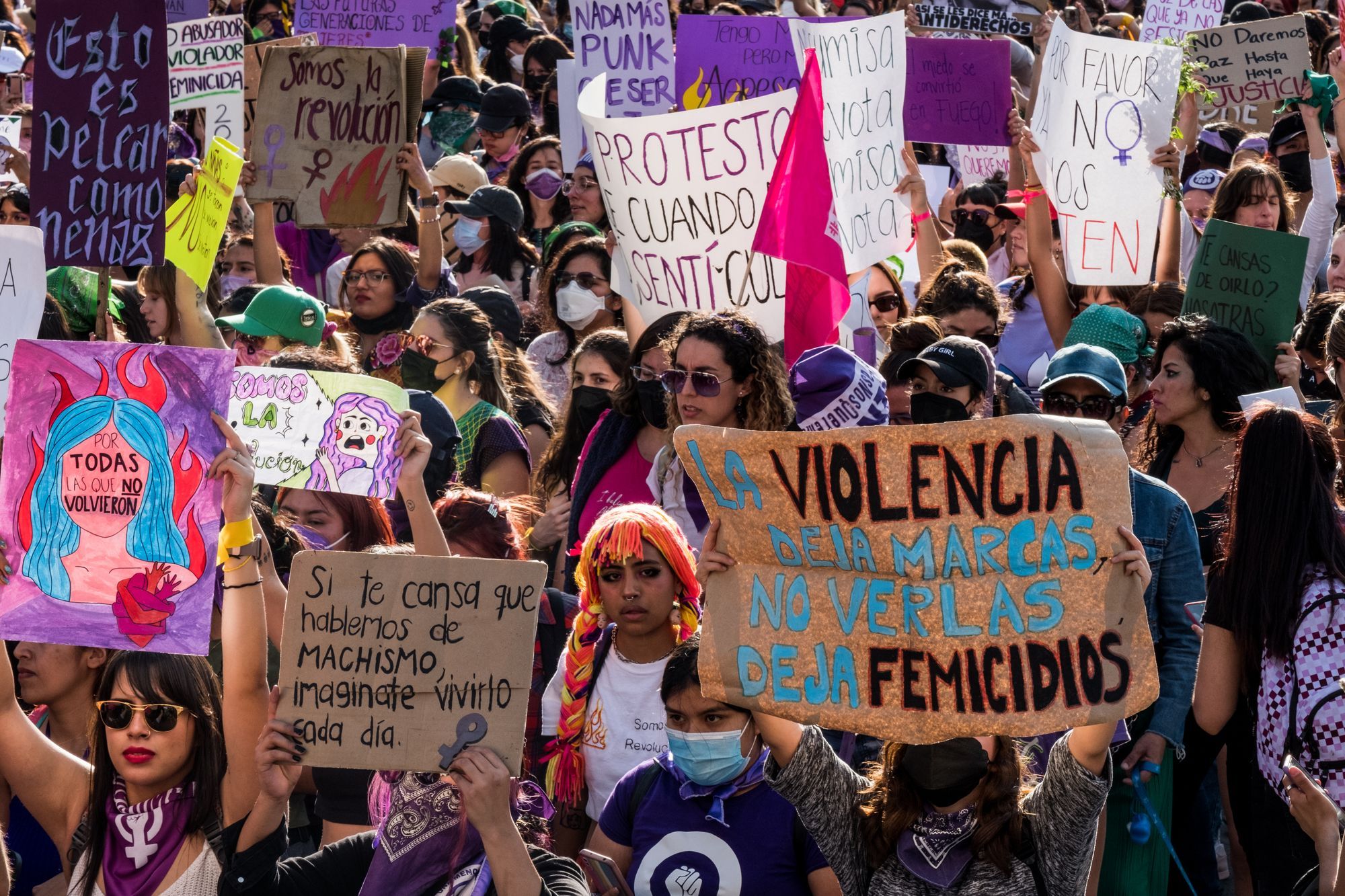
In the Zócalo everything heightens. Tall metal barricades surround the cathedral and the National Palace. Masked girls slam against the barriers. The thunder of hammer against metal mingles with the sound of bursting smoke bombs and cheers. The girls take breaks to rinse the tear gas away with vinegar.
Protestors have been streaming steadily into the Zocalo for hours and they keep arriving, replenishing the ranks at the cathedral gates. I find myself in a strange cacophonous swirl: at the edges of the plaza it is a battleground, in the middle of the plaza a carnival. Amidst the clashes vendors sell gorditas and fries, fruit and seven peso cigarettes. Some women have laid out clothes with handmade jewelry and notebooks and screen printed patches, soaps and scrunchies, stickers and cloth menstrual pads. The smoggy sky glows pink over the cathedral and at one point dozens of women start to flee. Others scream after them not to run.
Something bursts beside me and I turn to see a woman with streams of fake blood painted on her face chasing a police officer. She lifts a bag of trash from where it fell by my feet and hurls it again, screaming epithets. A cluster of preteen girls gather around an elote stand and talk about how they haven’t peed all day. On the big plastic letters that spell out CDMX someone has pasted pages and pages of men’s faces and names, some with details: rapist, assailant, harasser, pedophile. By the flagpole a woman with a microphone speaks with a sob in her voice about her murdered daughter. Nearby a trio in matching purple headscarves executes a choreographed dance.
Paul Bowers took a long hard look at the state of capital punishment in South Carolina.
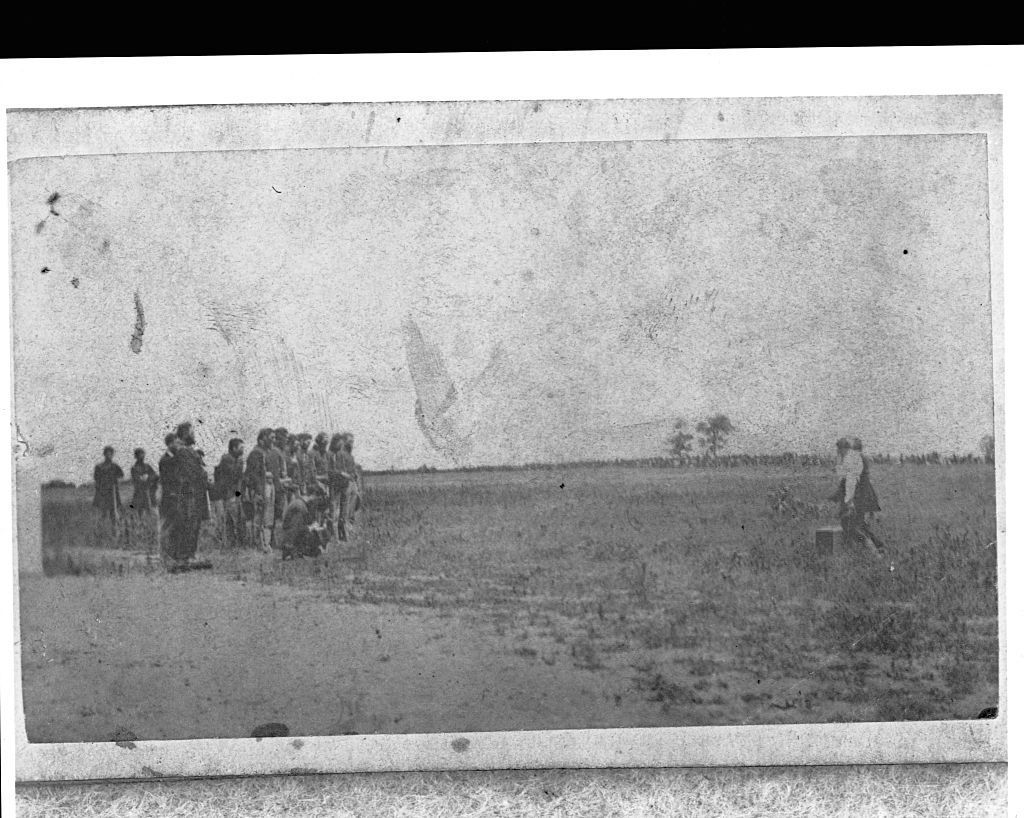
When Randy Gardner got up to speak, his words were clipped and his sentences short. He told us how hundreds of law enforcement officers had volunteered to shoot his brother — and yet, sometime after the execution when he met one of the five who had been chosen for the job, the shooter expressed regret.
“It ruined him,” Randy said of his brother’s executioner.
On the coffee table in the parlor, I noticed Randy had brought along a cardboard tube, the kind that nicer bottles of liquor come in. Talking with Randy in the kitchen afterward, I found out what was inside it.
After his brother’s death, Randy had to fight the state to obtain autopsy photos of his brother’s body. When he finally got them, he had them printed on large format glossy paper. Now he carries the prints with him around the country, displaying them for people who want to see.
I told him I wanted to see. He unrolled them on the counter one by one. One of the photos was of a blood-soaked prison jumpsuit. Others were incoherent closeups of the bullet wounds, the torn flesh of his brother’s ruined body.
In this piece Zachary Siegel dug through the horseshit surrounding one of the more pervasive stories of the year: cops and local news lying about fentanyl.
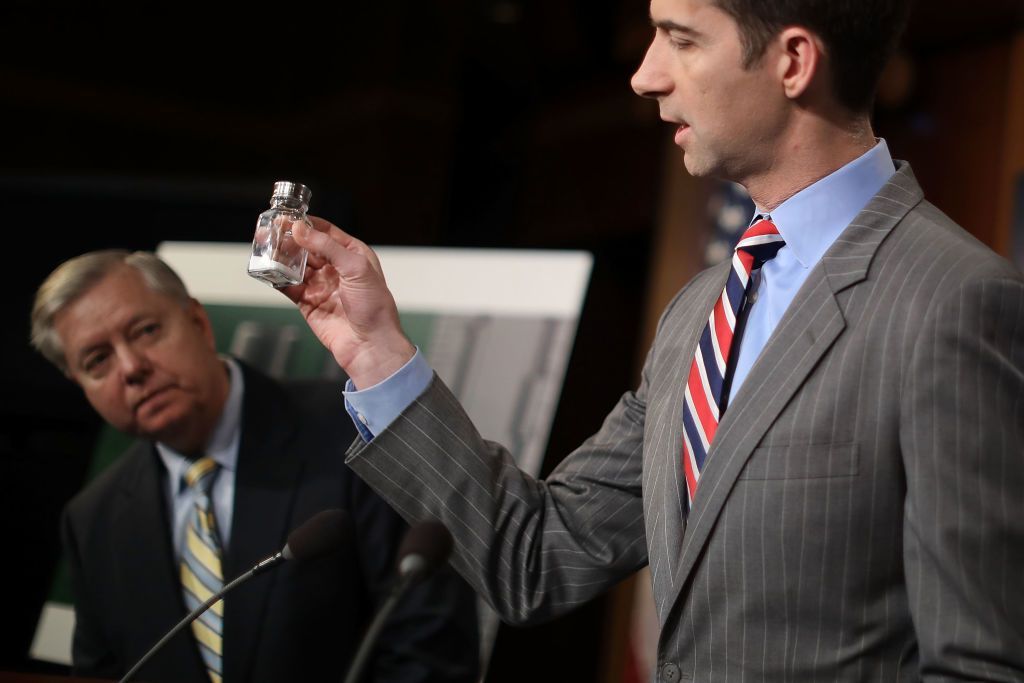
Cops are trained to feel threatened and use force if somebody near them makes any movements. They’re also trained to think fentanyl is as deadly as anthrax. In both cases the most important underlying message of any police training applies: You are in constant danger.
In reality fentanyl is indeed a potent synthetic opioid, but it only poses any danger to those who inject it, snort it, or smoke it, i.e. people who are buying it on the street and using it to stay well because they have no other choice, because all the pills and heroin are gone and all that’s left is this ungodly garbage cooked up in underground labs. Garbage that does, to be clear, kill tens of thousands of people every year. Just not the cops you see on the news who spent ten seconds in the general vicinity of it.
In journalism school, my professors told me to watch out for stories that are “too good to check.” Back then, as a naive nerd who wanted to be a Serious Science Writer, I thought that sounded insane. Who wouldn’t double and triple check what they’re told by sources? Especially when those sources are cops, an authority with a history of lying longer than a CVS receipt.
But it’s true, news outlets really will just say fuck it and run with anything the cops say.
Andrew Quemere reported on a protest against the construction of a women's prison in Massachusetts.
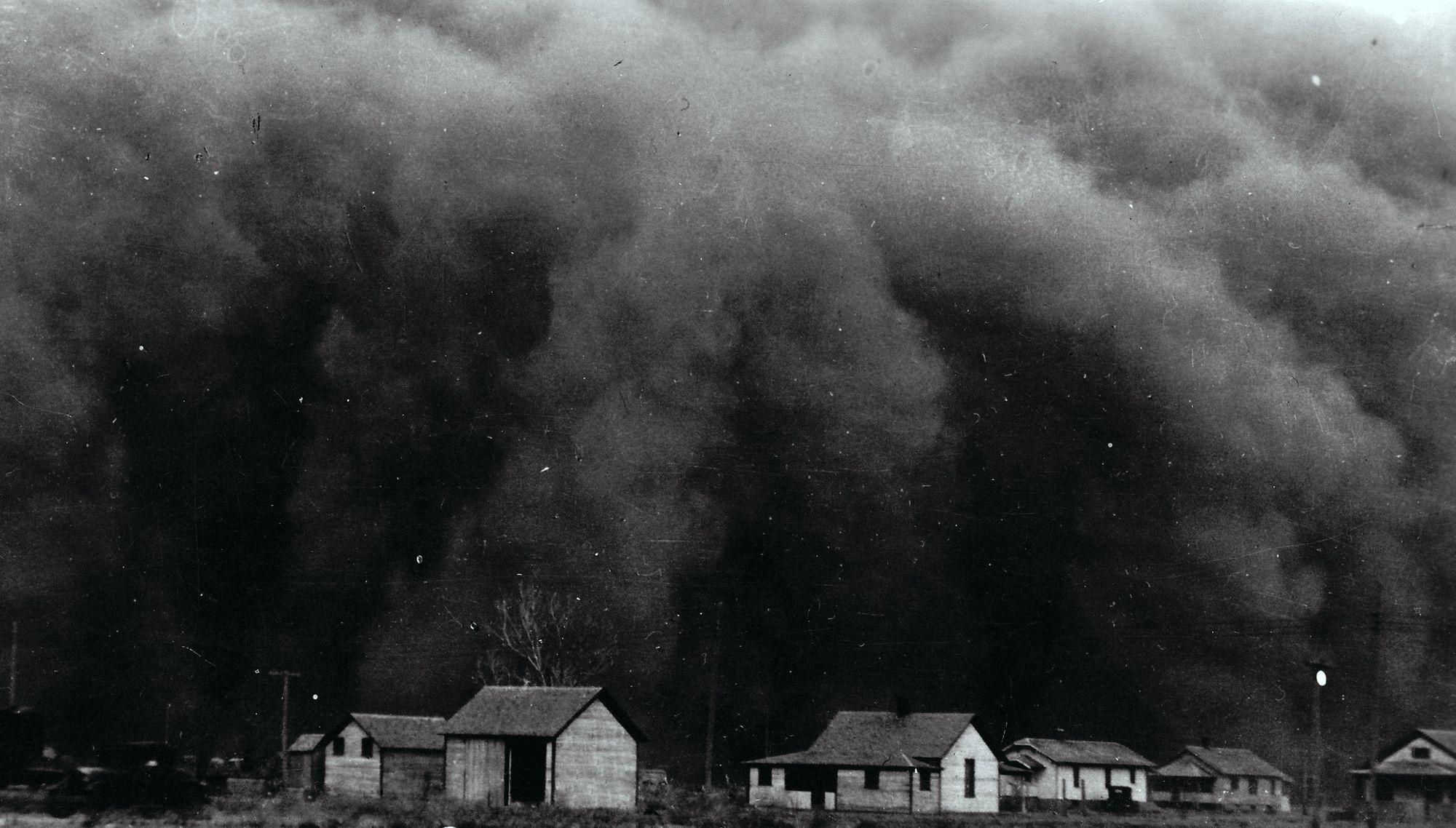
The state’s proposal says the new women’s prison “must utilize the principles of trauma-informed design to create welcoming and therapeutic spaces. Landscape design should be incorporated to play a role in breaking down the institutional feeling of the correctional center by generating an outdoor environment of healing and peace in a safe and inspiring way. The Designer is expected to capitalize on an effective process to create a correctional center that contributes to the health, wellbeing, and rehabilitation of its occupants.”
But the very concept of a “trauma-informed” prison is an incoherent insult to one’s intelligence — a change of scenery doesn’t change the nature of the institution.
“The women in Massachusetts just need a little help, not to be locked away like animals. No ‘trauma-informed’ prison alternative to Framingham can accomplish these goals,” said Lauren P., an acquaintance who spent three months at MCI-Framingham in 2016 (and asked that I not use her full last name). “If we have the money to waste on a bigger, shinier cage, we have the money to invest in communities, education, and hope.”
Shane Ferro joined us to write on the passing of Kathy Boudin and the scourge of felony murder convictions.

The entire idea of “murder” as I learned it in law school, going back to whenever Samuel Alito thinks is appropriate for historical accuracy, is defined not by the killing but the intention to kill. When you kill someone but only intended to hurt them, for example, that’s manslaughter. Except when it comes to felony murder. Felony murder doesn’t punish for an act, or an intent to commit an act, but only for being close to someone else’s act. Conspiracies and accomplice-type crimes can also punish for being close to some criminal act, even if you don’t commit it. But the difference is that with a conspiracy or an accomplice there theoretically exists an intent for the final crime to happen. If you tell someone else to go steal something, or kill someone, it follows that you might be implicated and then punished for that act, which you took steps to make sure happened, even if not by your own hand.
But felony murder isn’t that. There need not be any intent that anyone be killed, or even any killing by the person “guilty” of felony murder. There is just a death, a tragedy, followed by yet more tragedy for as wide a circle of people as the law can implicate. Felony murder imposes disproportionate sentences on those who neither intended to nor actually participated in killing anyone. And to talk of a disproportionate sentence in America is to talk of decades, a half century, life.
Justin Glawe reported on the burgeoning movement of Trump-worshipping election-denier conspiracy theorists in Georgia.

Moneymaker’s voice began to tremble when I pushed back on her conspiratorial views about election fraud. It didn’t take long before she was close to yelling at me, ranting about everything from the border — which she said is being kept purposely open by Democrats so illegal immigrants can come here and vote, a whisper away from full-on Great Replacement Theory — to Joe Biden being personally responsible for high gas prices.
But Moneymaker is no crackpot on the corner waving a Bible in tourists’ faces. She has actual ties to local Republican power. She said she recently worked with two women, both election conspiracy theorists, who tried but failed to oust a fellow Republican from the Chatham County Board of Elections last month. She’s indicative of a troubling and powerful strain within Republican politics in Georgia and across the country: True believers in election lies who aren’t satisfied with simply questioning the results of 2020, now choosing to call all elections into question. Moneymaker and her confederates within this extremist wing of the party simply do not believe that any Republican could ever actually lose a truly fair election, so all elections must be conducted under their rules and scrutiny.
On a bit of a lighter note Connor Scully went to Delaware to watch the Winklevoss Twins' buttrock band play Rage Against the Machine and Red Hot Chili Peppers covers.

Being in a band is one of the coolest things you can do. Playing music and making art with your friends, even when it’s bad, is an objectively good thing. But when you’re a billionaire asking people to pay money to see your awful art (although the Dewey Beach show was one of the free performances on their ten city tour) you deserve to get laughed at. These guys clearly lacked any sense of self-awareness on the stage. I imagine they think they’re really good at this! But like most rich guys they most likely don't have anyone around them willing to tell them that they actually suck. Or it could be they do and they just never listen. "Killing in the Name" might not have been that woefully inappropriate a song choice come to think of it. Being able to say "Fuck you I won't do what you tell me" is why guys like this want to get rich in the first place.
Andrew Quemere returned to report on Rayla Campbell, the homophobic and transphobic MAGA-brained “Biggest Masshole In Massachusetts,” and her campaign for Secretary of State.

The belligerent woman attempting to ruin an event for children was Rayla Campbell, the Republican candidate for secretary of the commonwealth, the state’s third highest executive office. Campbell—a Donald Trump supporter and far-right provocateur who often sports dresses with American and Thin Blue Line flag designs and has been known to grab and rip up protest signs she finds disagreeable—is part of a nationwide reactionary movement resisting the growing acceptance of LGBTQ people by spreading false claims that they are grooming children for sexual abuse.
Campbell drew quite a bit of attention to herself with her speech at the Mass GOP’s convention in Springfield on May 21. As she accepted the party’s endorsement, she said: "You can’t just sit and go, Oh, that’s terrible. Maybe somebody else will take care of it. Oh, that’s not so nice. Well, I don’t think it’s nice when they’re telling your five-year-old that he can go and suck another five-year-old’s dick. Do you? This is what they’re doing. … And I’m going to give it to you like it is, because that’s what’s happening in your schools."
Larry Fitzmaurice talked to musicians about the regressive practice of venues charging bands – even the smaller struggling ones – a tax on any merch they sell.

When it comes to artist welfare the music industry is rotten to the core. It’s been decades since musicians have been able to make a decent living off of selling their work, and myriad factors—from new and emergent business practices and periods of economic downturn, to the ravages of the streaming era—have further made profitability a thing of the past. The issues musicians face when it comes to financially sustaining their careers have few prescriptive answers, but two words have frequently been used when it comes to what fans can do to support their faves: Buy merch.
“Most of the money we make comes from merch sales,” Weakened Friends vocalist/guitarist Sonia Sturino said when talking about the Portland, Maine-based rock band’s ability to generate cash while on the road. “I often joke that we’re a traveling T-shirt sales company posing as a band. We only break even or make a profit because of merch.”
Ann Deslandes filed this dispatch from the Mexican state of Guerrero on their recent successful efforts to decriminalize abortion.
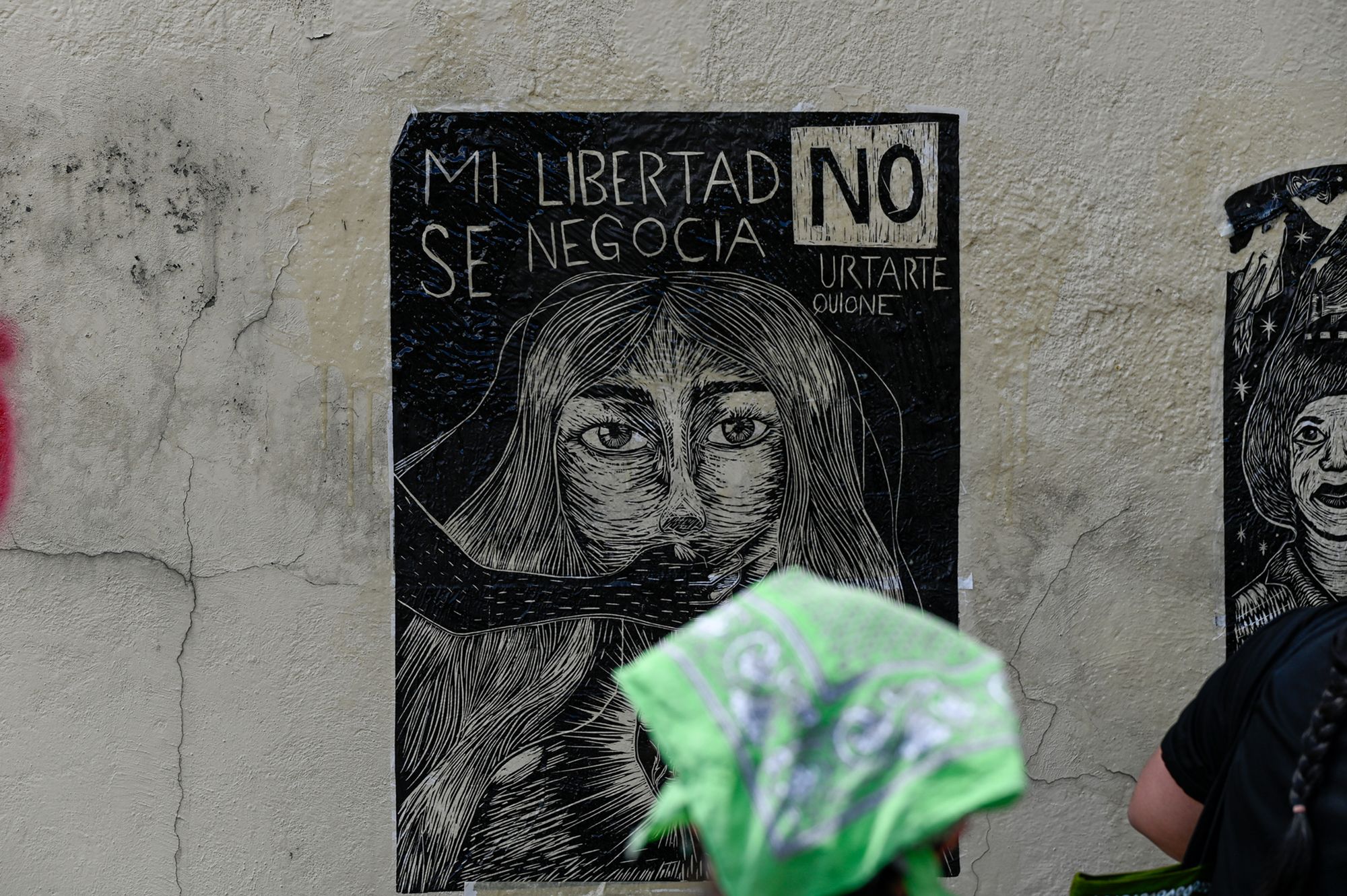
In Guerrero there are reasons as good as anywhere to fight for the right to abortion.
Here, as Calixto explained, those reasons include injury and death related to pregnancy and abortion, the prevalence of rape and sexual assault, including within families, and punishment for miscarriage and forced pregnancy of girls who are raped. Of the many stories, told and untold, behind these facts and figures, one is that of Adriana Manzanares, an indigenous woman from the La Montaña region of Guerrero who spent five of a twenty two-year sentence in jail when she had a stillborn baby. Another is nine-year-old ‘María’, also indigenous from La Montaña, who was raped and became pregnant and was refused an abortion at the hospital in Chilpancingo.
Deputy Beatriz Mojica’s office is two doors down from Calixto’s. She is a representative for the Acapulco region, as is Calixto.
“The most affected by this issue are the poorest women,” Mojica, a proud descendent of the Guerrero coast’s African communities, said.
Casey Taylor went long and deep here on the personality-based evangelism of Charismatic Christianity and how that connects to contemporary Democrats' substitution of the State for God in the Holy Trinity.

The Democratic Party entered its Charismatic Phase with Bill Clinton, whose victory in the presidential campaign was commonly attributed to his personality and way with people. There’s more to it than that, as there always is with matters of neat and tidy historical summaries, but included in this “charisma” of Clinton was his chameleon-like way to adapt his beliefs to whatever room he was in. In Black churches, he was the Baptist who found the church again in 1980 after his career and reputation in Arkansas were tanking. He attended Pentecostal revivals to rub elbows with the types of Billy Graham-style evangelicals who preached everything from Millennialist prophecy of fiery death upon Jesus’s return or those that preached Prosperity Theology, otherwise known as Antichrist theology. Bill Clinton didn’t believe shit unless it helped him get a vote, but luckily with his endless charm and personality, he was able to fake it with the people he wanted to con. He locked up the southern racists he courted with the Democratic Leadership Committee and his “Sister Souljah Moment” that still gets discussed today, while still charming the Black communities he would later destroy in 1994. In every conceivable way, Bill Clinton was a false prophet who primarily coasted on the reputation of an economy that rewarded his affluent suburban voters and the capitalist class equally, and subjugated the very people whose votes he had conned. Clinton (and Barack Obama, whose bad reputation for drone murder and failure to deliver anything he promised is often buoyed by market performance) knew that the scoreboard going up means God is still abundant enough to sustain the fantasy.
Ed Zitron wrote on workplace productivity tracking and how remote work has exposed the uselessness of most middle managers.
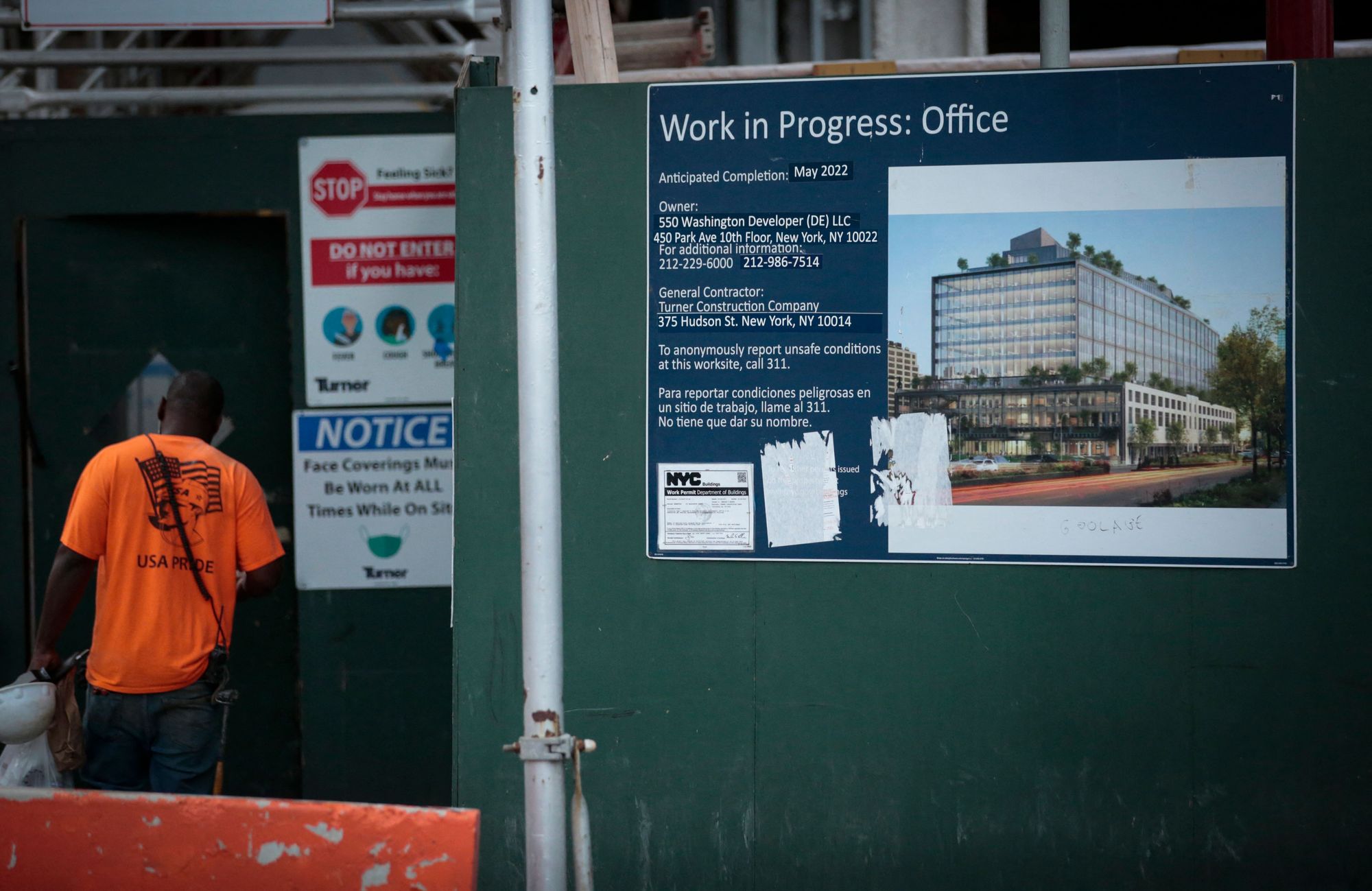
I believe we have been living in the gilded age of the professional tattletale, where con-artist ladder climbing middle managers who did well in school have found the exact minimum amount of job performance they can do themselves as long as they can sustain the appearance of productivity. These people know how to turn the right levers – furrowed brows, late nights at the office, lots of emails, presenting others’ work as their own – to continue to be promoted and be considered a “team player,” all while running their own silent House UnBusiness Activities Committee where they regularly, although subtly, undermine and suppress those beneath them they consider a threat.
Except this is all a performance, and a performance needs a stage and an audience.
Remote work took that away. That means that nasty little productivity goblins couldn’t complete workplace sidequests to enchant the big boss. Once working from home became the norm for many, millions of workplace snitches were set adrift, as there was no obvious way to prove that they actually provided something to the company other than, well, “doing work.”
Ashley Rodriguez took a look at the invisible labor behind coffee production and the burgeoning wave of unionization going on at Starbucks and other cafes around the country.
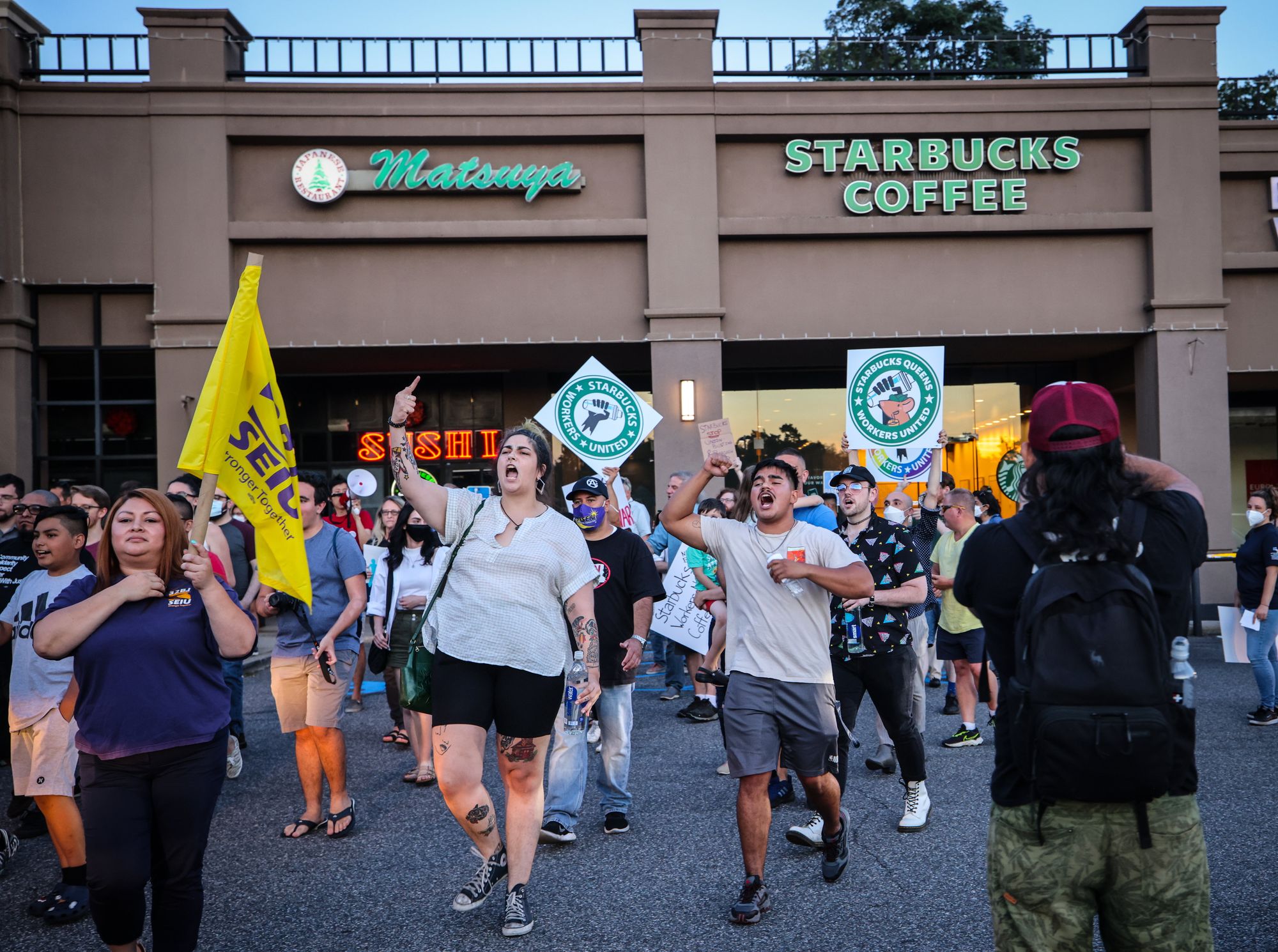
Today there are millions of people erased from our supply streams. Some of that is the nature of capitalism, industrialization, and globalization—very few of the items we consume are wholly made by one person from start to finish, and corporate supply chains are typically opaque. Coffee is no exception, and it is one of the most complex supply streams because of distance and preparation: coffee is often grown in one place and shipped to another. It does not arrive as a finished product, going through at least two transformations (roasting and then made into actual drinks if you’re buying in a cafe) before getting to the end consumer.
The people at each end of the supply stream are the least visible and the lowest paid in coffee. Some farmers do not make enough money to cover the cost of growing coffee—essentially, they grow coffee at a loss. The commodity price for green, unroasted coffee (which farmers are selling to importers and roasters) hovered around $4.00 per pound throughout the 1970s (adjusted for inflation). Today, the c-market price of coffee closed at about $2.50.
A lot of this information is obscured. To keep coffee cheap for consumers (and to keep profits high for those extracting coffee out of the spaces it grows), the labor of those who grow and harvest it needs to be erased.
Jonathan Katz came back once again to write about the uncanny feeling of browsing the gift shops on Guantanamo Bay.

“Gitmo” has of course since become home to the most notorious prison camp of the twenty-first century so far. But the forever prison is just one part of the 45-square-mile naval station, which is home to a shipyard, naval hospital, and thousands of military personnel and their families. There is also a whole base town built to serve them. When I visited, the town included a combination supermarket/department store (with a built-in Subway sandwich shop); a bowling alley; an outdoor movie theater that plays first-run Hollywood films; a Mongolian grill; and an “Irish” pub called O’Kelly’s. (The menu when I ate there included jalapeño poppers, American-style fajitas, and “Our Famous ‘GTMO Smokehouse Burger.’”) There are residential neighborhoods with suburban-style cul-de-sacs and ubiquitous plastic playgrounds, a retirement home (populated mostly by a few dozen elderly Cuban workers who chose to stay at the base after the revolution), and a pre-K-through-12 school named for a former Navy commander. (The school mascot is “the Pirates.”)
Zephyr Williams shared an excerpt of their essay from the PM Press anthology Crisis and Care: Queer Activist Responses to a Global Pandemic.
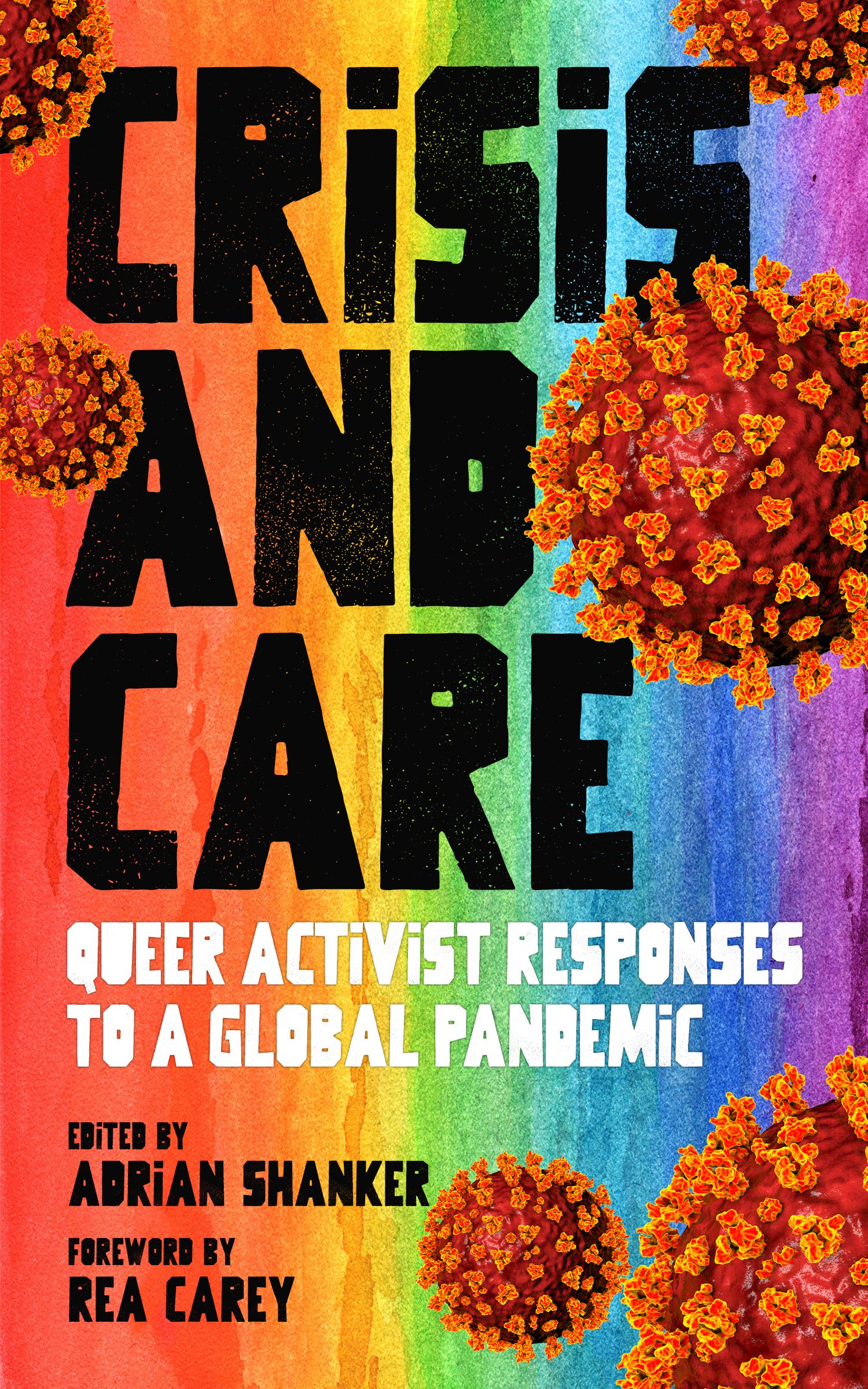
When incarcerated people were tested and found to be positive, they were often sent to solitary confinement. In general, there was a lack of basic protection and conflicting information, not only about COVID-19 but also about how it was spread. Incarcerated people were left to die. This is especially alarming given that people in these facilities are more likely to be immunocompromised due to age, HIV/AIDS, or other chronic health issues.
The COVID-19 pandemic was a wake-up call about these conditions inside correctional facilities for many people, one which also drove us to reassess how we serve our communities. Our understanding of the work remains unchanged, but how we plan to achieve our vision of liberation has changed. We were forced to reorient and strategize, map out our resources and needs, and form new collectives.
Charles Star tried to explain what was going on with developments regarding the beautiful Bill Barr memo over the summer.

Back in 2019 Robert Mueller and his team wrote his Famous Report and handed it off to his boss, Attorney General Bill Barr (the old asshole who looks like the Baby from Dinosaurs.) The report explicitly said that there were no circumstances where it would announce that Trump should be charged because, as a matter of Constitutional principles and specific DOJ policy, a sitting president cannot be charged with a crime. It was apparently very important to Mueller that the specific phrase “I would charge him with a crime” not hang over the rest of Trump’s presidency like a fart on an elevator going express to the Observation Deck since it could never actually happen.
Zachary Siegel returned to the subject of fentanyl, writing this time about the very real phenomenon in which drug cartels try to kill your children with drugs disguised to look like Halloween candy.

No amount of cool-headed reasoning can change her mind, not even the fact that young children with perhaps a small weekly allowance, at best, tend to make for lousy drug customers. Not to mention that a child with no physiological tolerance for opioids would most certainly die from taking street fentanyl. What exactly is the drug cartels’ motivation here again?
On top of all that this whole thing exposes a glaring contradiction: Police officers can’t even touch the stuff without overdosing, and yet children can somehow consume the drug, survive, and become addicted? Makes tons of sense.
The fentanyl candy panic is so baseless, and so absurdly implausible on its face, yet there’s a slice of America who will believe it no matter what. And this is where things get tricky for someone like me, whose job is to gather information and write it down in a digestible form for public consumption with the hopes that people take it in and use it to inform their view of the world.
Another good one here from Miles Howard on housing scarcity.

Left unaddressed, housing scarcity will start to squeeze a wider spectrum of essential workers. Resort towns where the wealthy sunbathe and ski offer some of the most extreme glimpses of where the suburban housing crunch could soon lead. A recent New York Times story explored the hardships faced by teachers, hospitality workers, and even firefighters in Sun Valley, Idaho. Home prices in the region have grown by 50% in the last two years, and the average rent for a two-bedroom apartment has lept from $2,000 to $3,000 a month. Exacerbated by wealthy buyers relocating to the area in the work-from-home era, Sun Valley’s housing crisis has yielded stories that read like scenes from a Cormac McCarthy novel. There’s the high school principal who went from living in a camper to a micro-apartment in an industrial building, the house cleaner who has to wash her dishes at a local park due to having no sink, and the small business owner living out of his box truck who has to search the forest each evening for a new parking space.
These horror stories point to the possibility of well-off homeowners growing so paranoid about working class outsiders changing the nature of their enclaves that they end up repelling the very people who are already providing essential support to these communities.
Daniel Lukes, one of the editors of the book Black Metal Rainbows wrote on how black metal has always been about love.
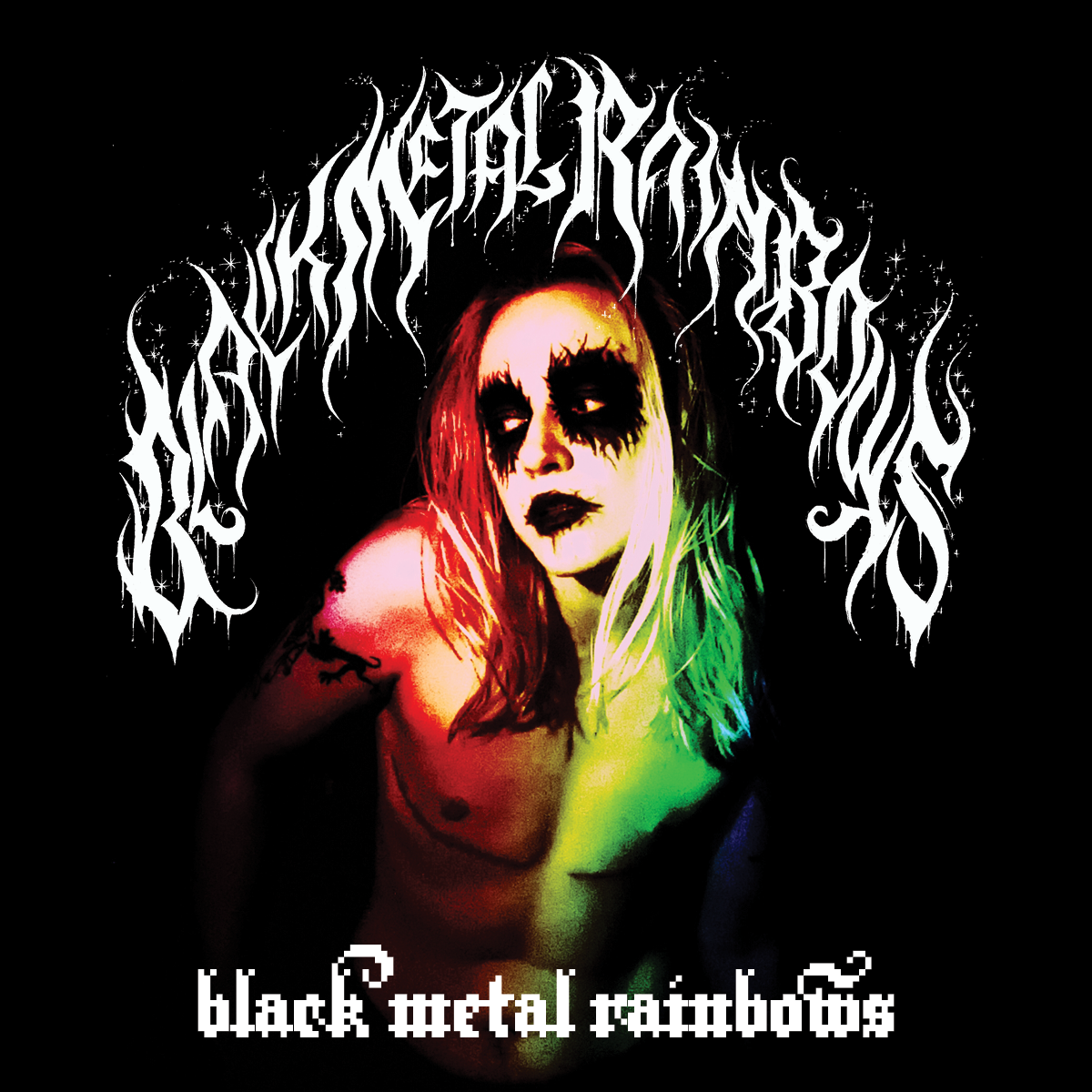
If black isn’t an actual color, but all the colors combined, then it stands to reason that the rainbow is already in there, itching to get out. One of our points with the book is that metal has always been queer, has always been anti-authoritarian, and black metal is no different: its co-optation by the fascists of the second and third waves is the perversion. Satan was a rebel against God, not some fascist bootlicker. Precisely because black metal is crawling with Nazis is what makes the scene so ripe for being reclaimed from them, for what Deleuze called the process of de/reterritorialization. Yet if you think we’re trying to make black metal a “safe space” or fill it purely with unicorns and fluffy bunnies (not that there’s anything wrong with that, black metal cats are big business) then you couldn’t be more wrong. As French solo black metal artist Toul en Ihuern writes: “Wherever you are from, don't be shy, send hate back to the people that send it first.”
Bill Shaner reported on the newly launched DOJ investigation into the police department in Worcester, MA.
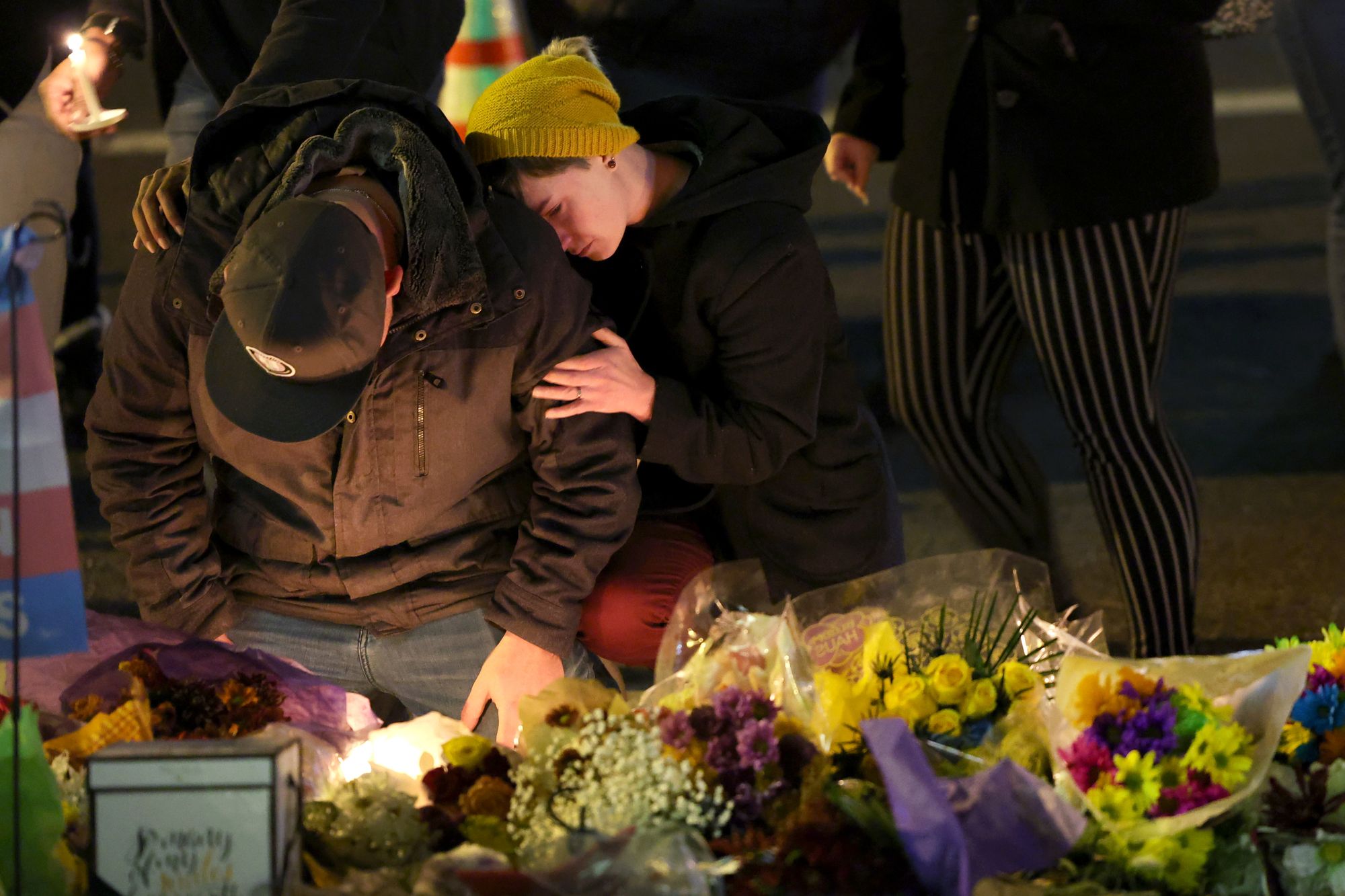
Worcester is what we like to call a “mid-sized city” at around 200,000 people. Usually when national publications parachute in to write about it they’ll call it a “former mill town” or “hard-scrabble.” A place where the factories used to be and now are not anymore. The rust belt of New England. Lately it’s been a “city on the rise,” which is even worse. It’s a poor city (the poverty rate is double the county and the state) with big immigrant populations (only 63 percent of the city speaks English at home) and a lot of reactionary working class whites we in Massachusetts like to call “townies.” We in Massachusetts also know that the Townies are pound-for-pound some of the most racist people in the world. Worcester is far from a progressive city and, while reliably blue-voting, it borders a very conservative area. There’s a band that runs through the middle of the state, from Worcester on the east to Springfield on the west, that is comprised of extremely conservative rural and exurban communities. Most of the towns in Massachusetts that went for Trump in 2020 are in this band. So Worcester is in the part of the state where its progressive branding is most out of step with reality.
Brad Searles mourned the passing of Mimi Parker of the band Low.

The open, organic production of that debut record allowed Mimi and Alan's crystal clear voices to soar, their gorgeous, otherworldly harmonies taking flight over deceptively minimal beds of spare guitar lines and stripped-down drums. I say deceptively because while the arrangements seemed minimal, the feelings they evoked in me were far from it. Mimi didn't need a kick pedal, Alan barely needed overdubs. Their sound was an absolute master class in the use of self-restraint to reach heart-swelling emotional heights.
To me their songs are completely and utterly human, totally relatable and movingly magical all at once. They would come to be filed by some music press into the indie and alt sub-genres slowcore, (a term Alan reportedly dislikes and inadvertently helped coin) or even sadcore, and it's easy to use such reductive categorization. But to me they are singular.
They are Low.
Jared Olson reported from Honduras on the ordeal of the Guapinol 8, political prisoners arrested for protesting a mine being dug near their homes.
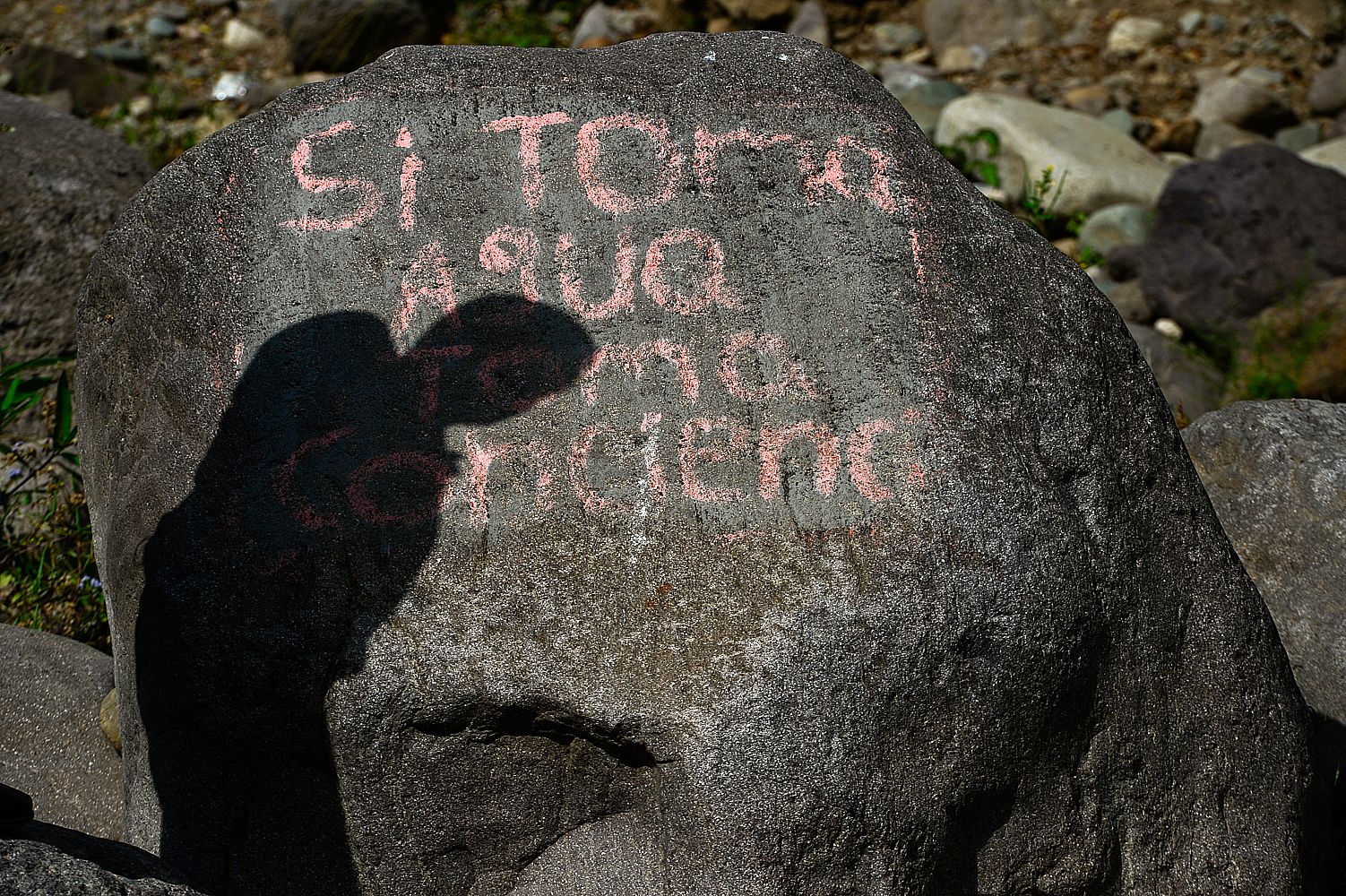
Things had been tense ever since the armed men showed up and the wave of assassinations began.
Members of the community watch for Guapinol, a quiet village near the north coast of Honduras, had already been trading audio messages on WhatsApp about the sudden appearance of a suspicious vehicle, so when an unfamiliar car rolled past Kelvin Romero, near where he’d been manning a lookout at the end of a dirt road, his fears were confirmed. It was just days before the camp above their village — where they were blockading a road to protest the construction of one of the most notorious open-pit mines in Central America — would be broken apart by soldiers and police in a hail of teargas and gunfire. Things, so far, weren’t going well.
The car stopped after going another fifty feet. From the passenger side, a masked man in civilian clothes stepped out with what appeared to be an Israeli assault rifle. Romero could see he was wearing a bulletproof vest with the insignia of the FNAMP, or Fuerza Nacional Anti-Mara y Pandilla (National Anti-Mob and Gang Force).
Honduras has become notorious not just for its staggering criminal violence, but for the willingness of the government itself to openly murder, often in conjunction with said criminals. The FNAMP, a defunct military unit purportedly meant to fight gangs, became emblematic of this corruption after being accused of working with MS-13, a major streetgang, and operating as a death squad.
Not bad!
Thanks so much to all of you who support this newsletter either with your money or your eyeballs. Maybe tell a friend if you think they'd like it.
RIP Terry Hall.
